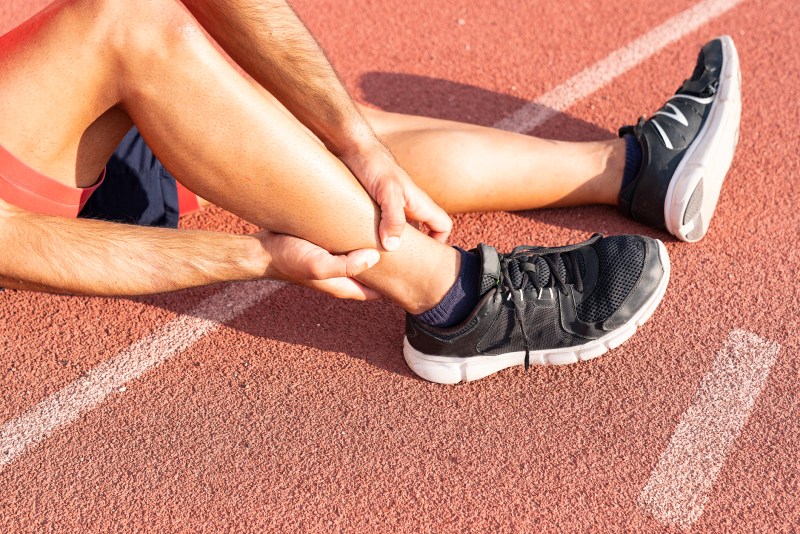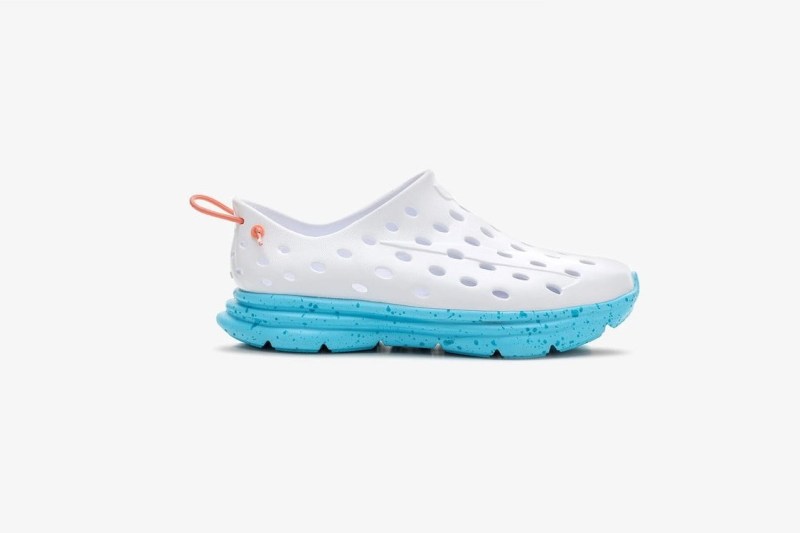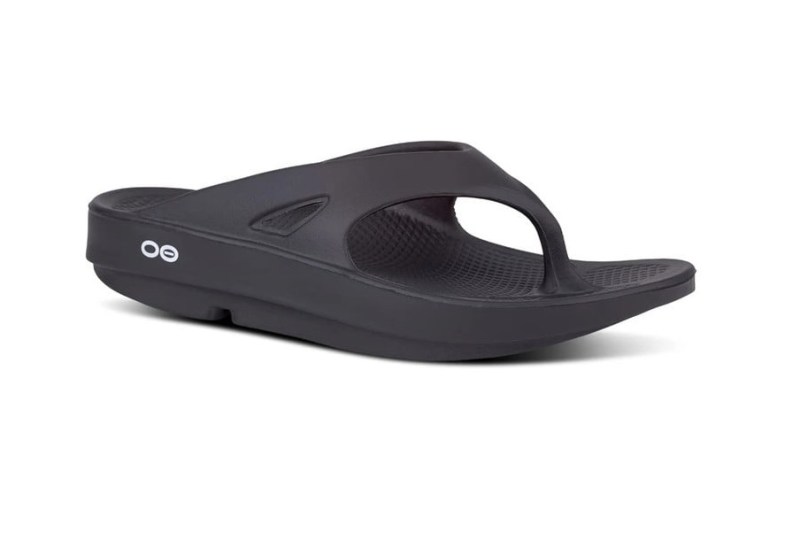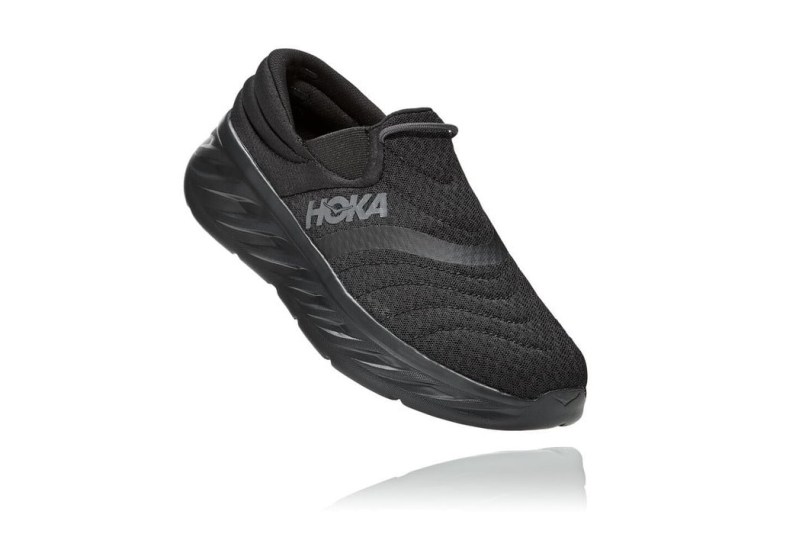
We all want to get the most out of our workouts and most importantly be able to bounce back quickly after them. From protein powders and protein shakes to foam rollers, massage guns, compression gear, and other workout recovery tools, there is something out there for everyone to enhance performance. There are workout techniques and aids help ease muscle soreness, rebuild and repair muscles, and return the body to fighting form so that you are all ready to attack the next workout and get that much fitter and stronger.
In recent years, professional and amateur athletes alike have started to turn to recovery footwear to further enhance recovery and comfort after exercise. Runners, triathletes, tennis players, and even regular gym goers are some of the many athletes who are choosing specific footwear after exercise. After a long day on your feet you need shoes that provide stability, arch support, and relieve pain and tightness in the feet, ankles, and knees. If you find yourself needing to rub your aching feet after a long day or simply want to improve the health of your feet and lower legs to speed workout recovery, keep reading to learn how and why recovery
What Is Recovery Footwear?
Recovery footwear, which can be anything from sandals to slides to lightweight sneakers, aims to provide the ideal cushioning and support for the foot. Because the foot is the anchor point to the ground, by properly aligning the foot, recovery
Who Should Wear Recovery Footwear?
Recovery footwear is especially beneficial for those who spend long days on their feet or whose feet are confined in uncomfortable shoes all day. Athletes who cover miles running, walking, hiking, or even cycling, or who struggle with plantar fasciitis, neuromas, Achilles tendonitis, or other foot and ankle pain also find recovery
When Should You Wear Recovery Footwear?
Recovery footwear is intended to be worn just like any other shoe or sandal. It can be worn after a hard workout, work shift, doing errands, walking your dog, or simply as your everyday shoe.
What Is the Best Recovery Footwear?
There are numerous brands and types of recovery footwear these days, but some of our favorites are below:
Kane Revive

Kane not only takes the “recovery” side of their footwear seriously, but the environmental impact as well. The Kane Revive was designed as a collaborative effort with Dr. Daniel Geller, a Board Certified Foot and Ankle surgeon, to provide the smartest recovery features in a sustainably-made shoe. It has a sleek, contoured design that mimics your foot, which reduces muscle strain and is crafted from BounceBack foam, a renewable, sugarcane-based alternative to traditional EVA. This carbon-negative material contains the carbon sequestered during the sugarcane’s growth process, and feels as supportive as it is cushioned and comfortable. Inside the shoe, there are nodes in the footbed that stimulate blood flow in key pressure points. The Kane Revive comes in over a dozen colors and patterns.
OOFOS OOriginal Sport Sandal

OOFOS was one of the first major brands in the recovery footwear space and their OOriginal Sport Sandal has stood the test of time. This machine-washable sandal employs OOfoam Recovery Technology, which is said to absorb 37% more impact than the foam used in traditional
Hoka Men’s Ora Recovery Shoe 2

The Hoka One One Men’s Ora Recovery 2 is a lightweight, vegan shoe that has cloud-like cushioning. The midfoot is supportive and the wide toe box allows your toes to spread and relax after the confinement of traditional shoes. The rocker sole facilitates push-off while you walk and gives a gentle stretch to the calf and Achilles tendon.



